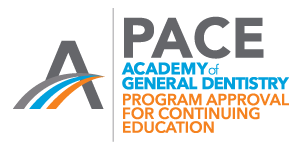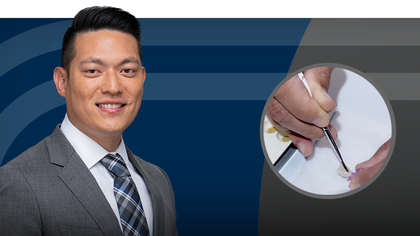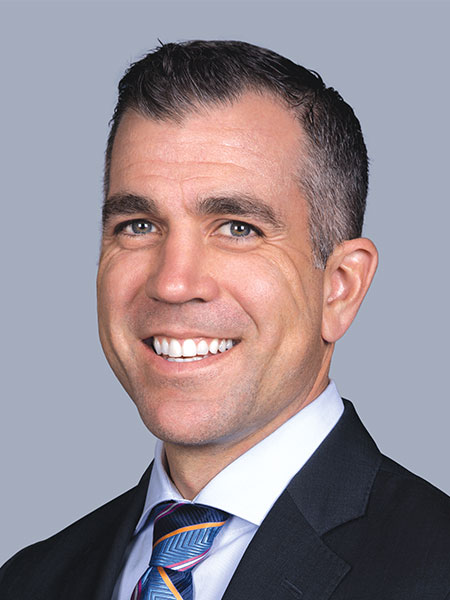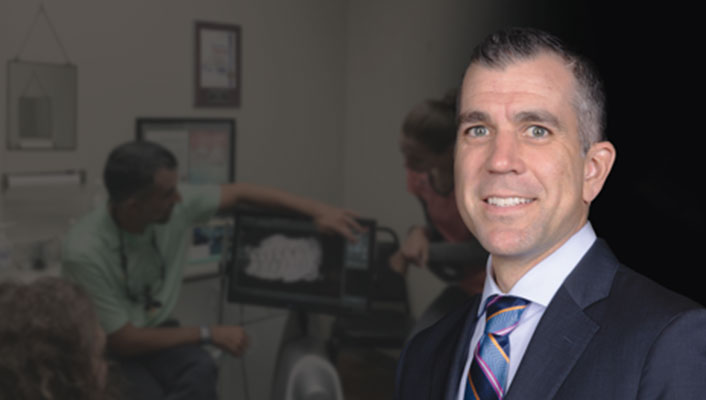- Patient and doctor benefits of intraoral scanning and in-office milling
- Step-by-step restorative workflow for in-office milling
- Basic protocol for lab-fabricated restorations produced from digital impressions
- Five criteria for deciding between in-office milling and lab fabrication
- Functional, esthetic and time requirements for restorations milled in-office
- Basic digital impression-taking technique
- Digital crown design using an in-office mill
In-Office Milling vs. Lab Fabrication: Making Case Decisions
Course Objectives
1 CE Credit
Intraoral scanning offers many benefits to the modern dental practice, including improved accuracy, efficiency, precision and patient comfort. Further, digital impressions reduce the time and cost required to produce the restoration. To streamline the restorative process further, in-office milling can be added, affording patients the opportunity to receive the restoration in a single visit for cases that meet certain criteria. In this multimedia presentation, Dr. Chad Duplantis examines the criteria for determining which cases should be milled in-office and which should instead be sent to a digitally adept dental laboratory for fabrication. Topics include:
Summary
The criteria for determining whether a digital impression should be used to produce a restoration in-office or sent to the lab for fabrication are straightforward. By assessing the tooth’s location, surrounding dentition, parafunctional habits, the stump shade, and the doctor’s and patient’s schedule on the day of consultation, this decision can be made with a high degree of confidence. Whichever method of fabrication is chosen, these technologies afford significant cost savings and allow patients to receive restorations in less time than those produced from conventional impressions.
CAUTION: When viewing the techniques, procedures, theories and materials presented, you must make your own decisions about specific treatment for patients and exercise professional judgment regarding the need for further clinical testing or education and your own clinical expertise before trying to implement new procedures.
Recognition & Approval

Glidewell Education Center
Nationally Approved PACE Provider for FAGD/MAGD credit
Approval does not imply acceptance by any regulatory authority, or AGD endorsement. 3/1/2024 to 2/29/2028.
Provider ID# 216789
References
- Ng J, Ruse D, Wyatt C. A comparison of the marginal fit of crowns fabricated with digital and conventional methods. J Prosthet Dent. 2014 Sep;112(3):555-60.
- Zarauz C, Valverde A, Martinez-Rus F, Hassan B, Pradíes G. Clinical evaluation comparing the fit of all-ceramic crowns obtained from silicone and digital intraoral impressions. Clin Oral Investig. 2016 May;20(4):799-806.
- Yuzbasioglu E, Kurt H, Turunc R, Bilir H. Comparison of digital and conventional impression techniques: evaluation of patients’ perception, treatment comfort, effectiveness and clinical outcomes. BMC Oral Health. 2014 Jan 30;14:10.
- Pradíes G, Zarauz C, Valverde A, Ferreiroa A, Martínez-Rus F. Clinical evaluation comparing the fit of all-ceramic crowns obtained from silicone and digital intraoral impressions based on wavefront sampling technology. J Dent. 2015 Feb;43(2):201-8.
-
 Online CE CourseNext-Level Chairside Esthetics: Customizing Restorations with Stain, Glaze, and Finishing TechniquesIn this course, Dr. Justin Chi demonstrates how to elevate chairside restorations using advanced staining, glazing, and finishing techniques for monolithic restorations.
Online CE CourseNext-Level Chairside Esthetics: Customizing Restorations with Stain, Glaze, and Finishing TechniquesIn this course, Dr. Justin Chi demonstrates how to elevate chairside restorations using advanced staining, glazing, and finishing techniques for monolithic restorations. -
 Online CE CourseEsthetic Veneer Preparations: From No Prep to Full PrepIn this course, Dr. Danielle Brown provides a practical overview of veneer preparation techniques from no-prep, minimal-prep and traditional-prep veneers with step-by-step protocols.
Online CE CourseEsthetic Veneer Preparations: From No Prep to Full PrepIn this course, Dr. Danielle Brown provides a practical overview of veneer preparation techniques from no-prep, minimal-prep and traditional-prep veneers with step-by-step protocols. -
 Online CE CourseBonding and Temporizing Protocols: Tips for VeneersIn this course Dr. Danielle Brown offers practical guidance on veneer temporization and bonding techniques to improve patient comfort and clinical outcomes.
Online CE CourseBonding and Temporizing Protocols: Tips for VeneersIn this course Dr. Danielle Brown offers practical guidance on veneer temporization and bonding techniques to improve patient comfort and clinical outcomes.




